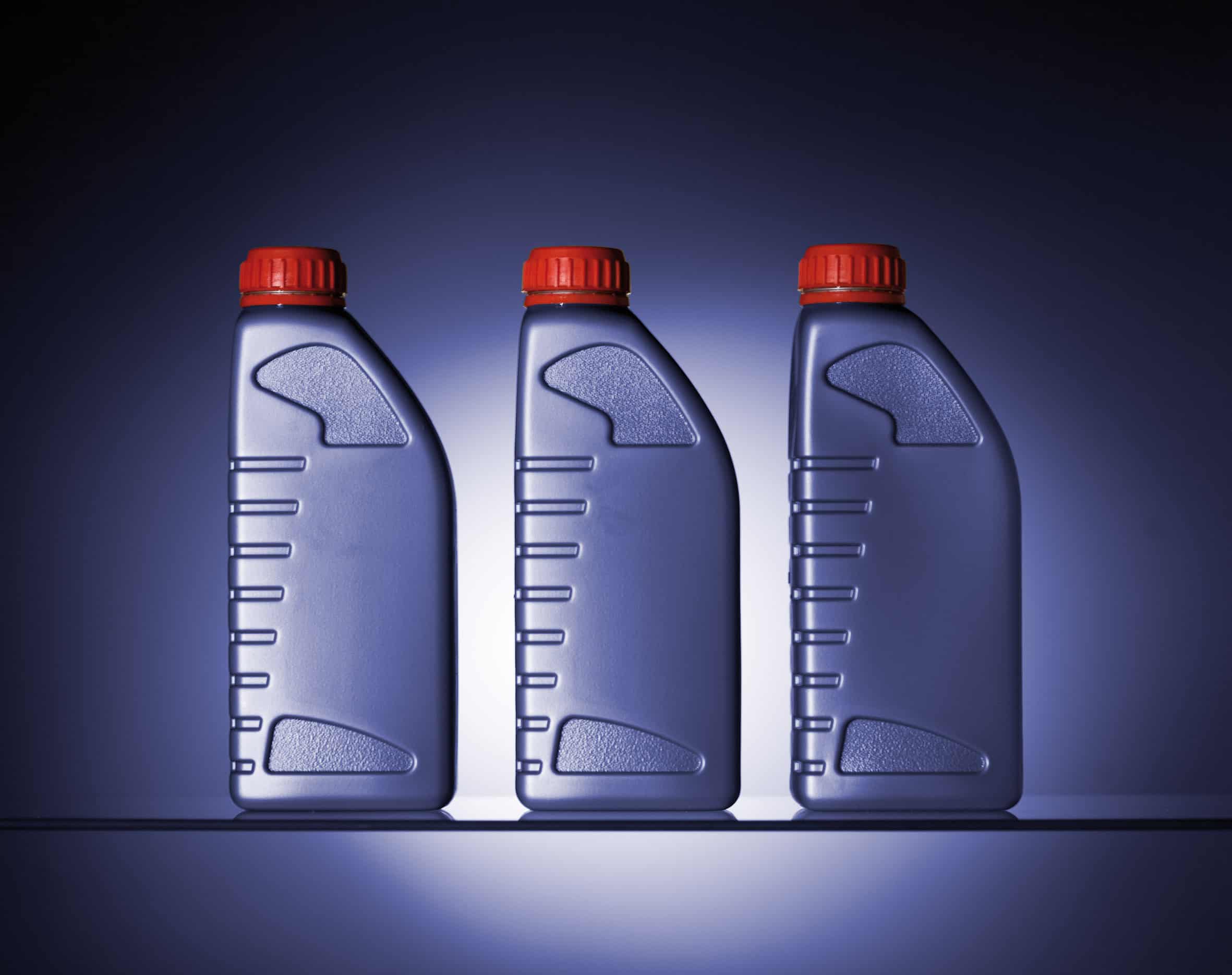
For the production of bioethanol the biomass (corn, barley or wheat) is milled to a fine powder and is cooked together with water to extract the starch. Afterwards the mash is cooled and enzymes are added to convert the liquefied starch to fermentable sugars, a process called saccharification. Then yeast is added to ferment the sugars to ethanol and CO2.
The fermented mash contains up to 15 per cent alcohol, as well as the non-fermentable solids from the corn and yeast cells. The mash is then pumped into a continuous flow distillation system where the alcohol is separated from the solids and water. The product leaves the top of the final column with an alcohol content of about 96 per cent and is stored or further dehydrated up to 99.5 per cent, mostly in a molecular sieve. In case of using the ethanol as biofuels it is denatured with a small amount of ketones or other alcohols.
To optimise the ethanol yield and the end point of the fermentation process the sugar conversion and ethanol concentration during fermentation can be determined with the process density sensor DPRn 4122.
The Anton Paar alcohol monitors provide continuous ethanol concentration measurement with an accuracy of up to 0.03 per cent.










Arriva makes £300m tri-mode train order with Hitachi Rail
This development shows up the lack of a comprehensive nationwide network of electrified lines for passenger services and freight The glacial speed of...